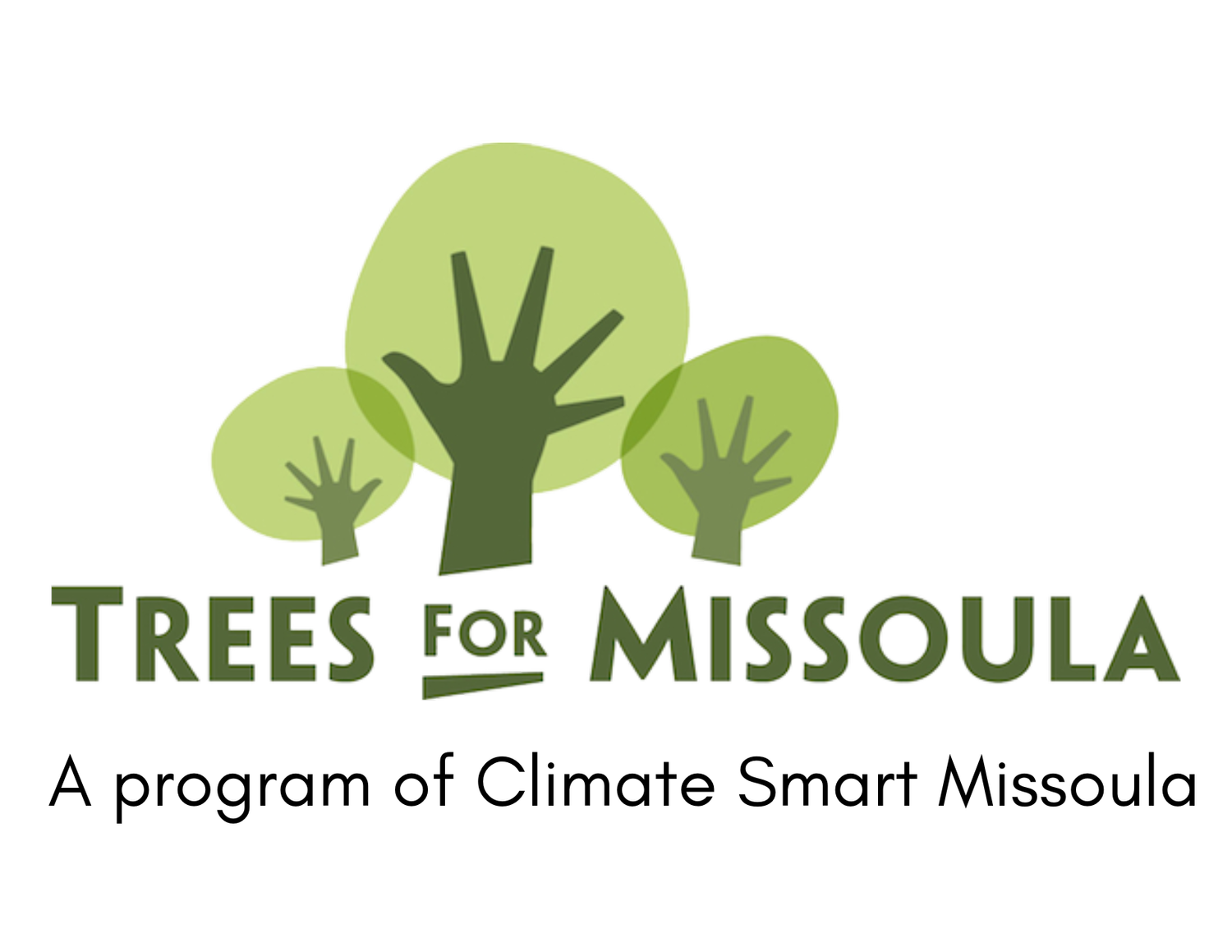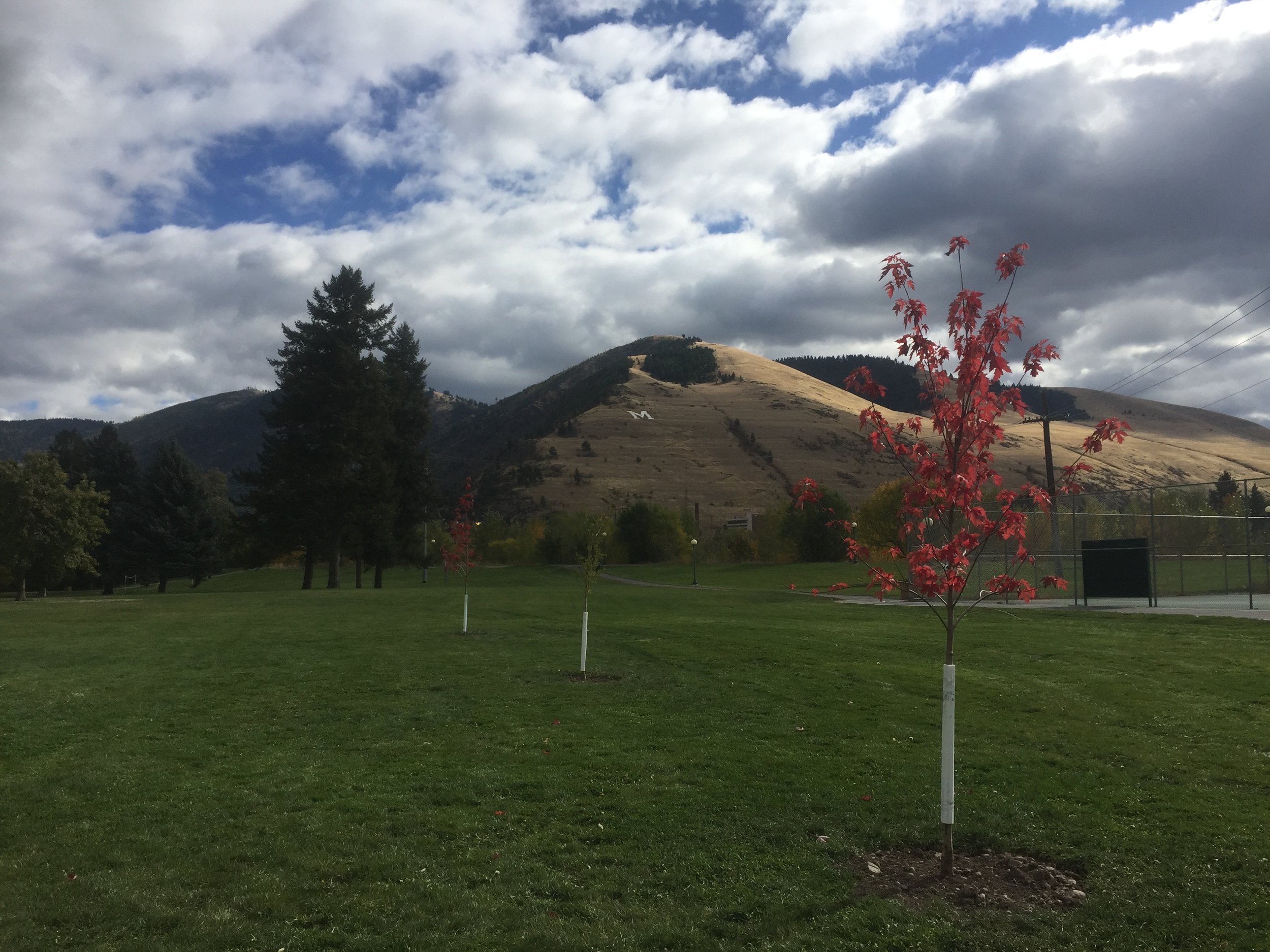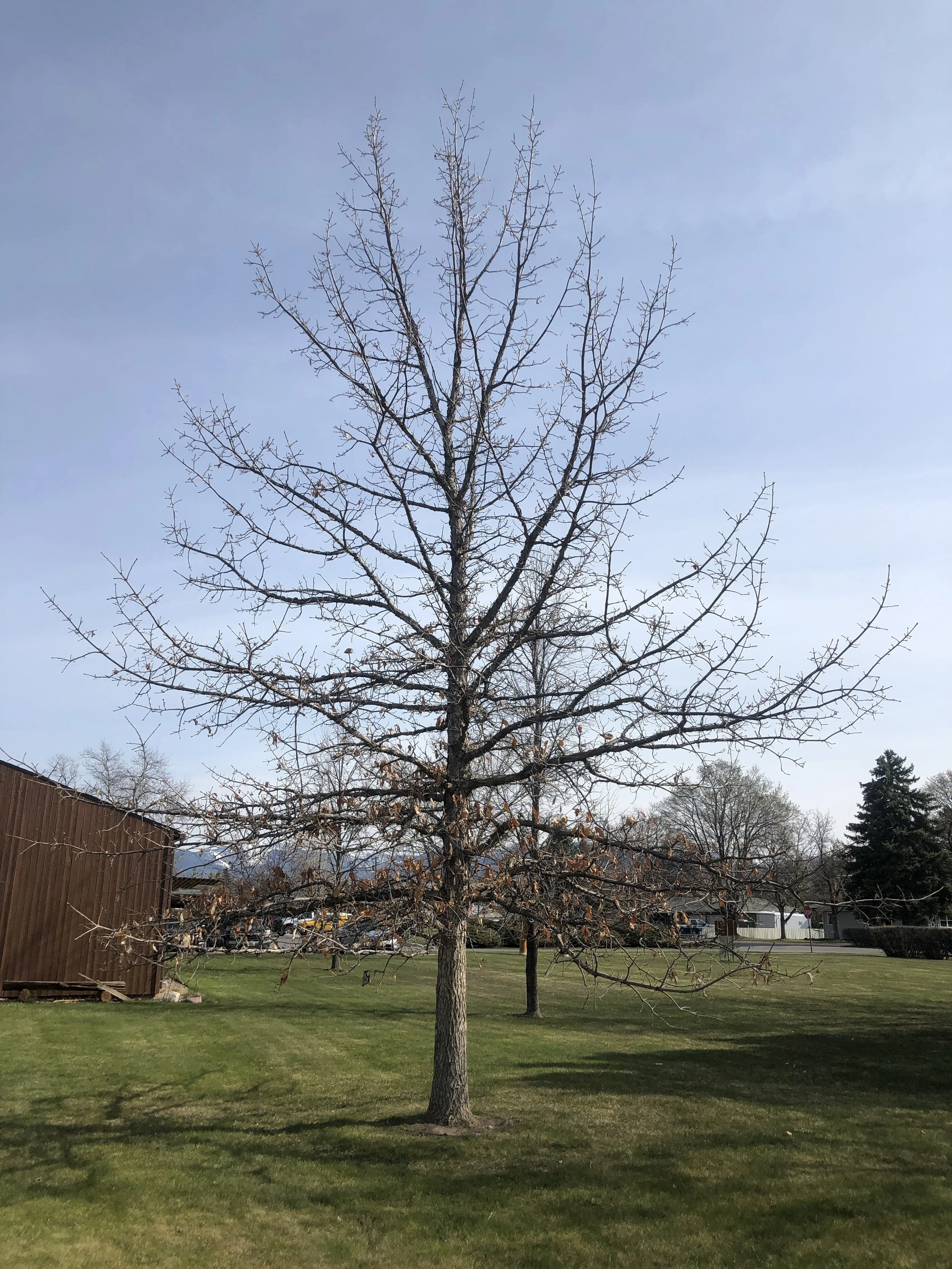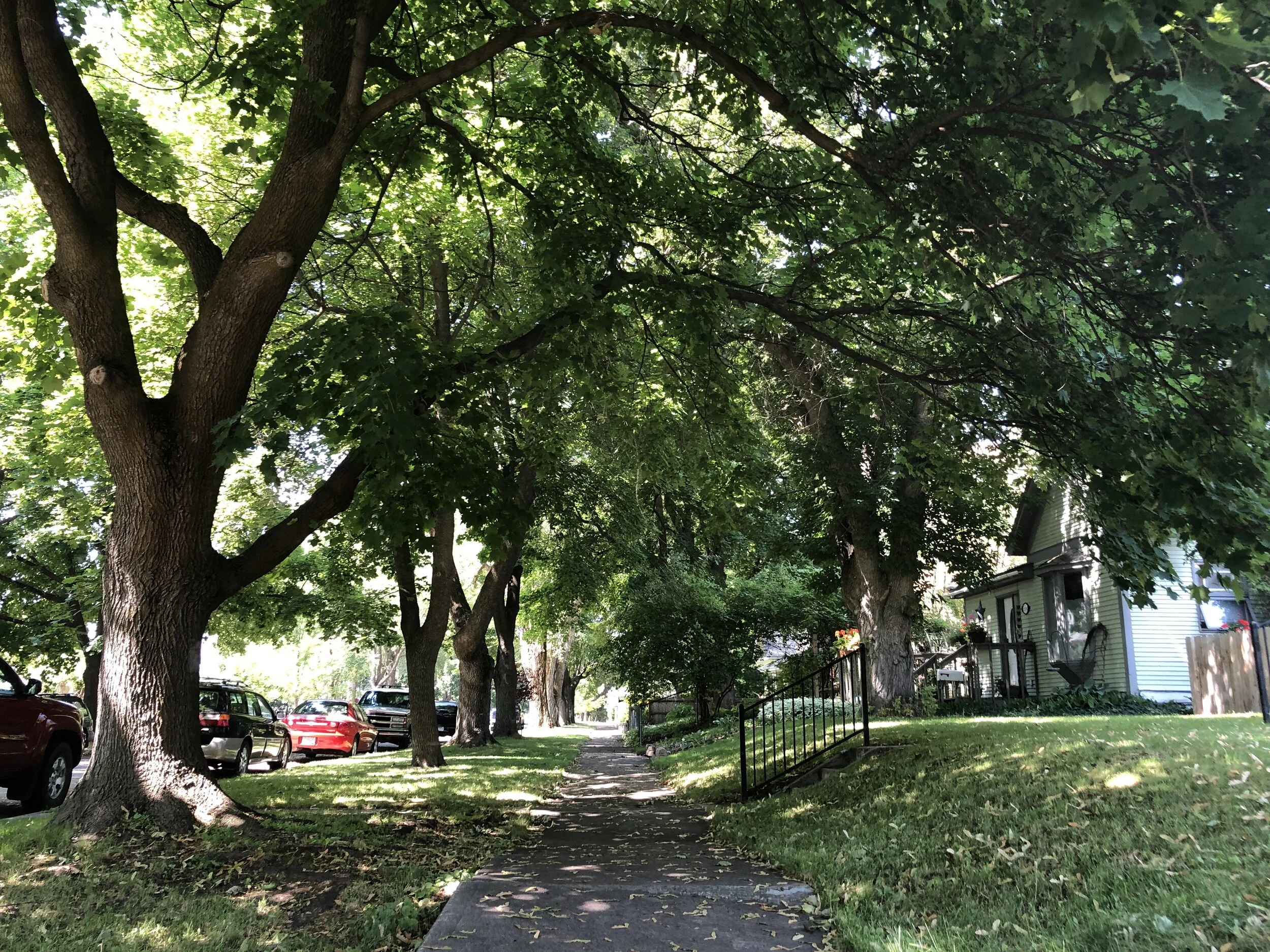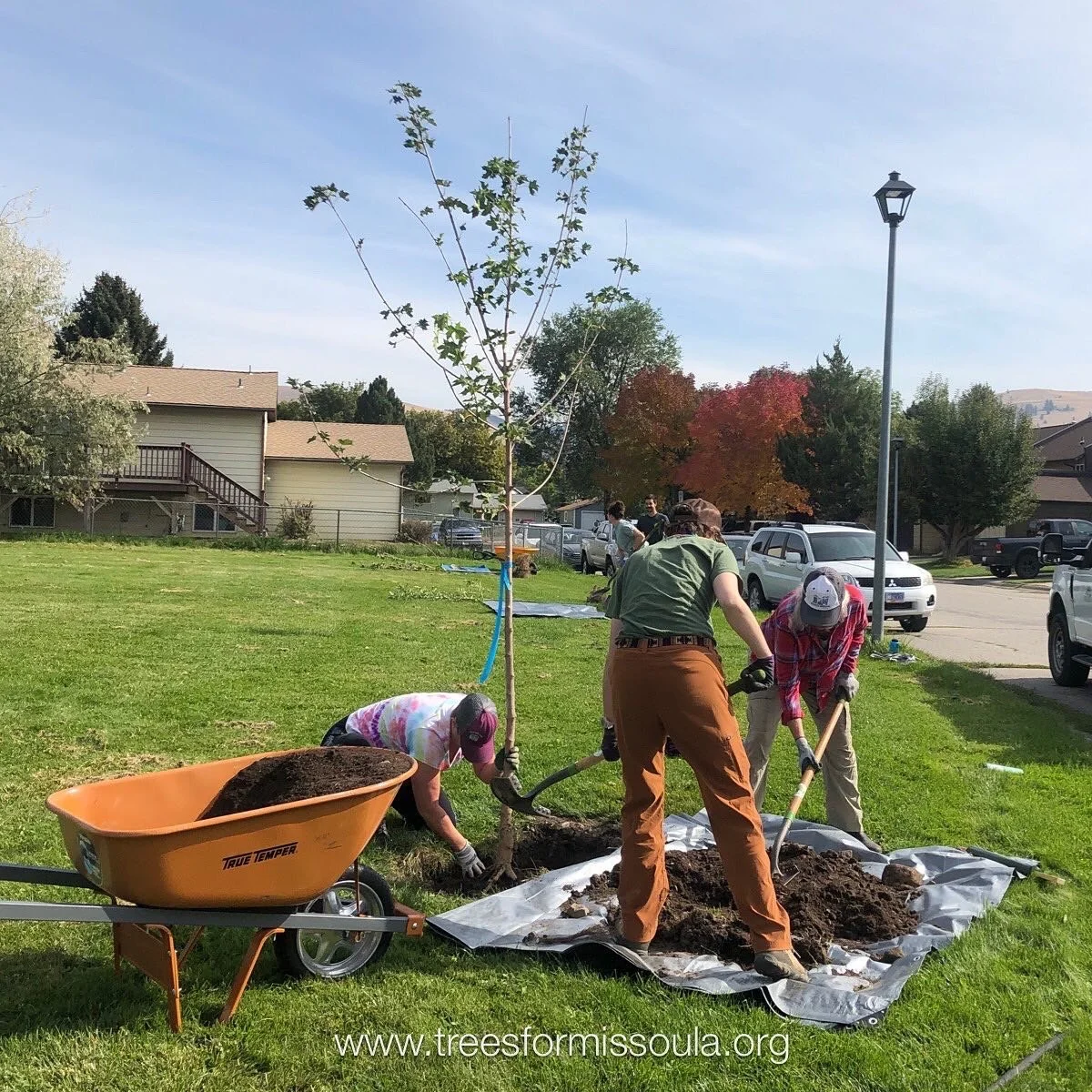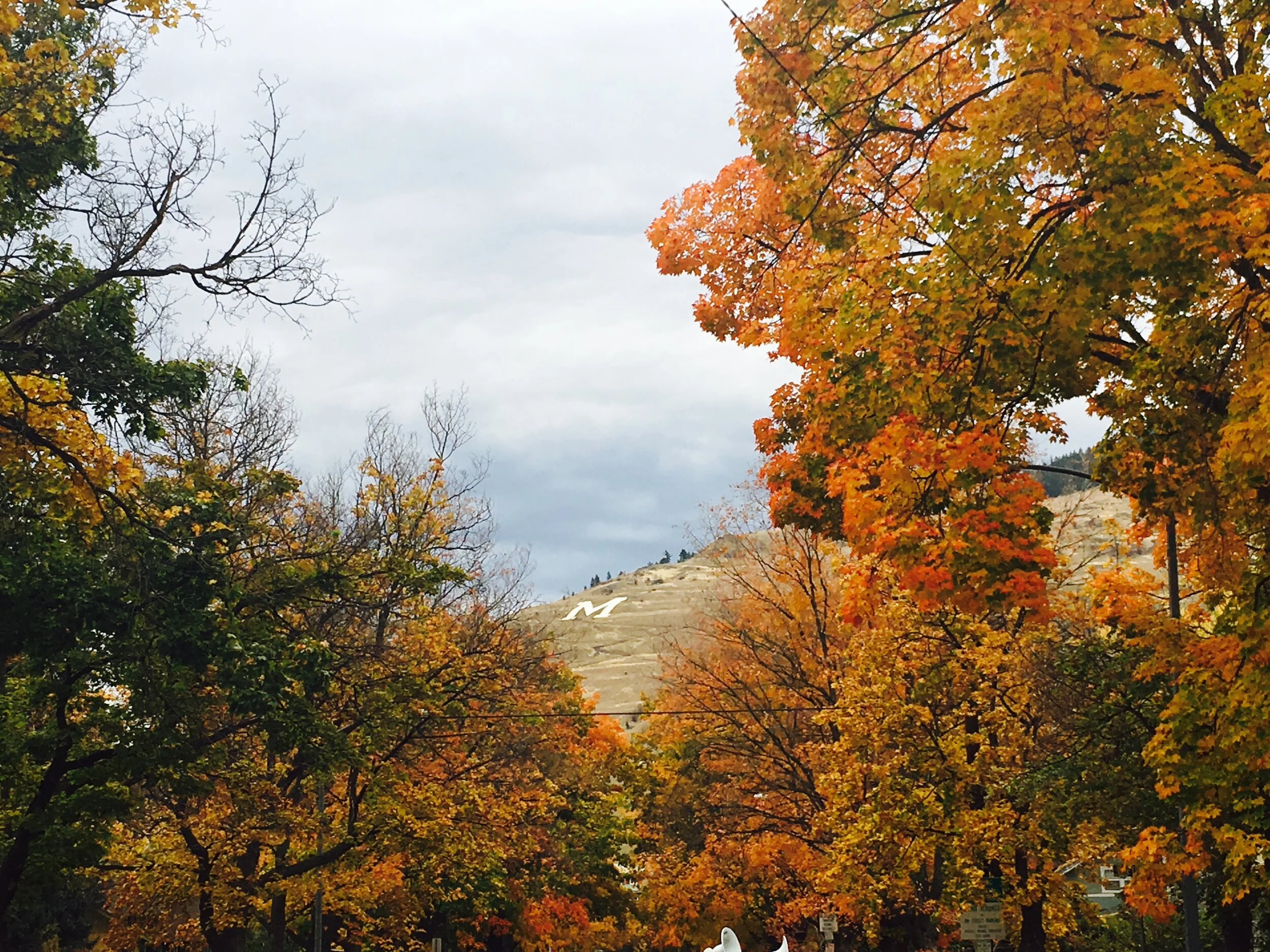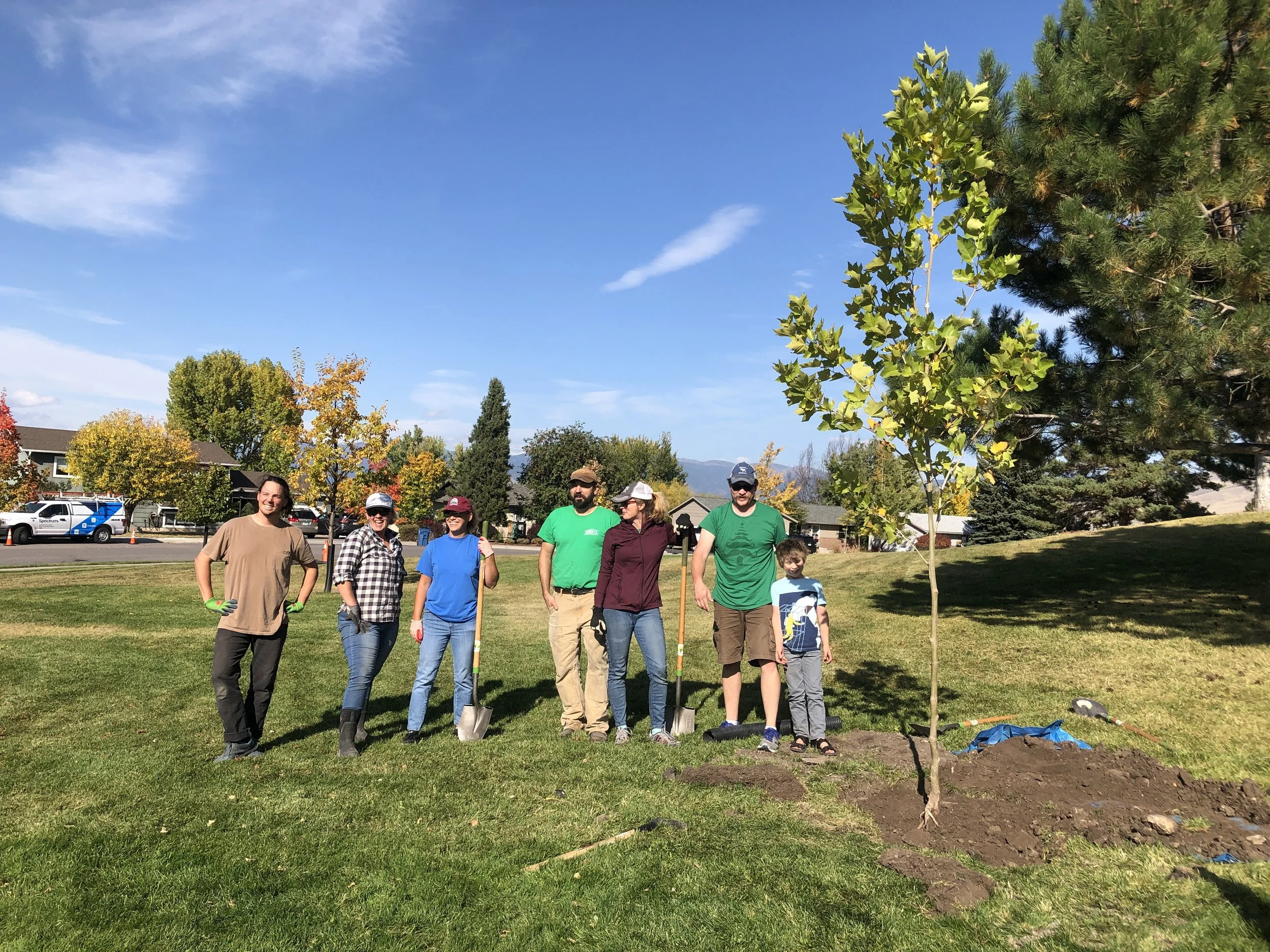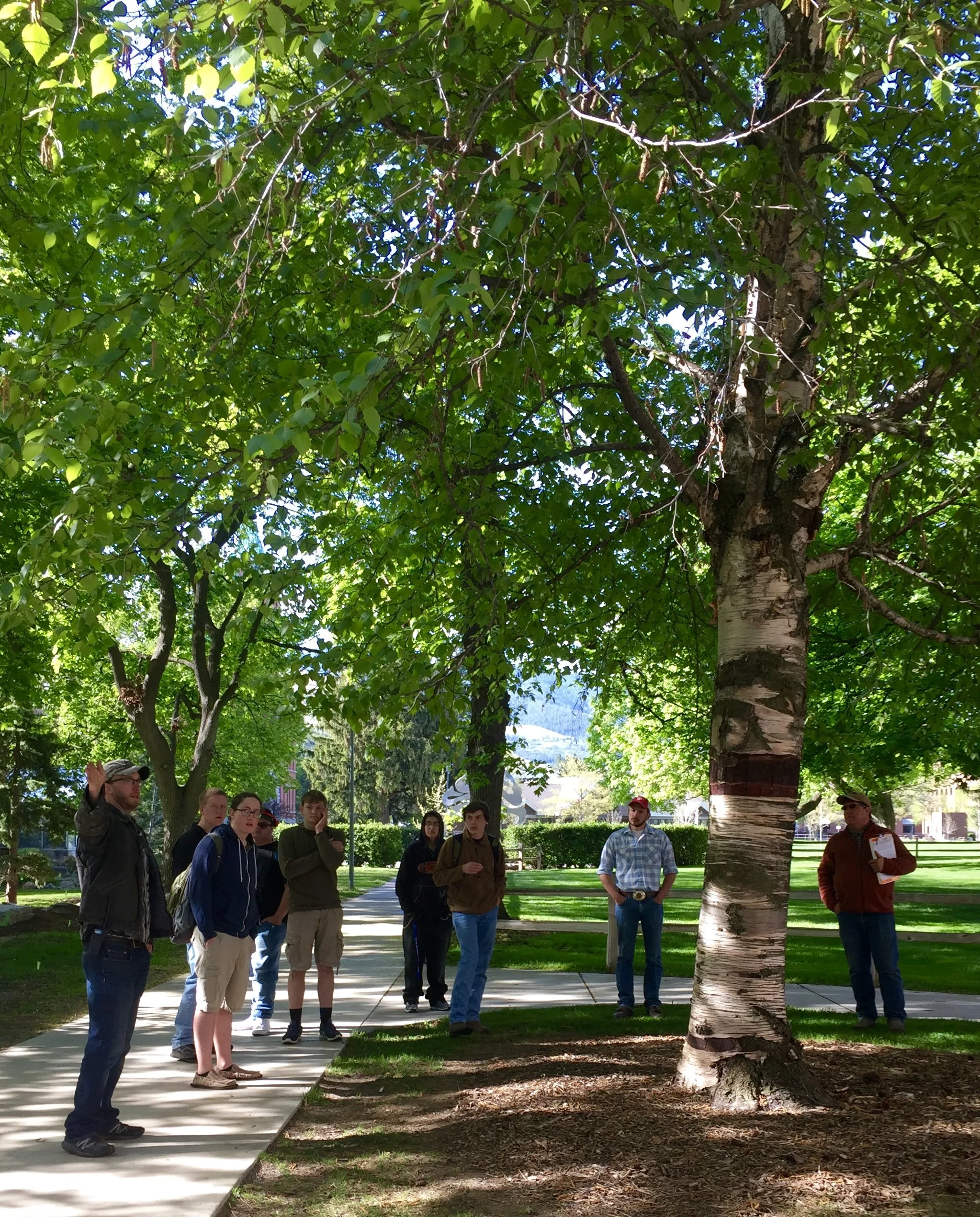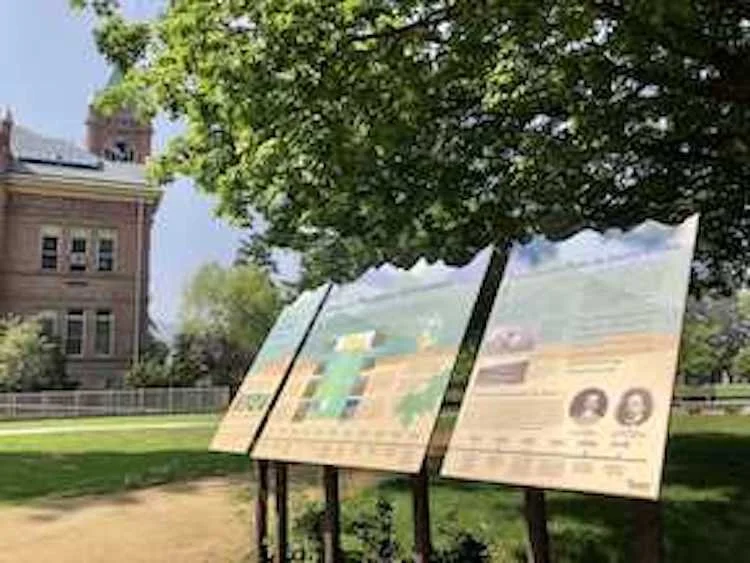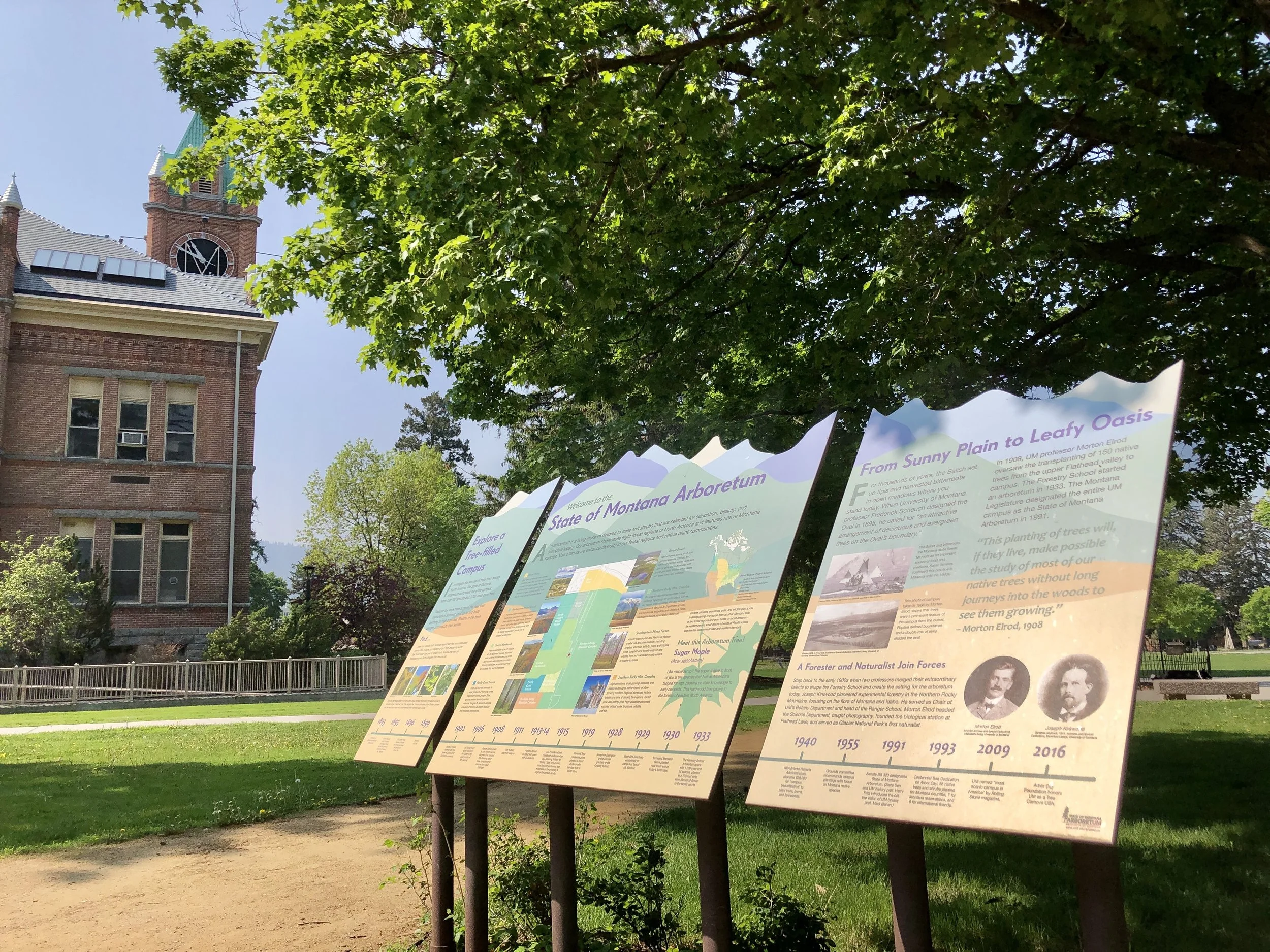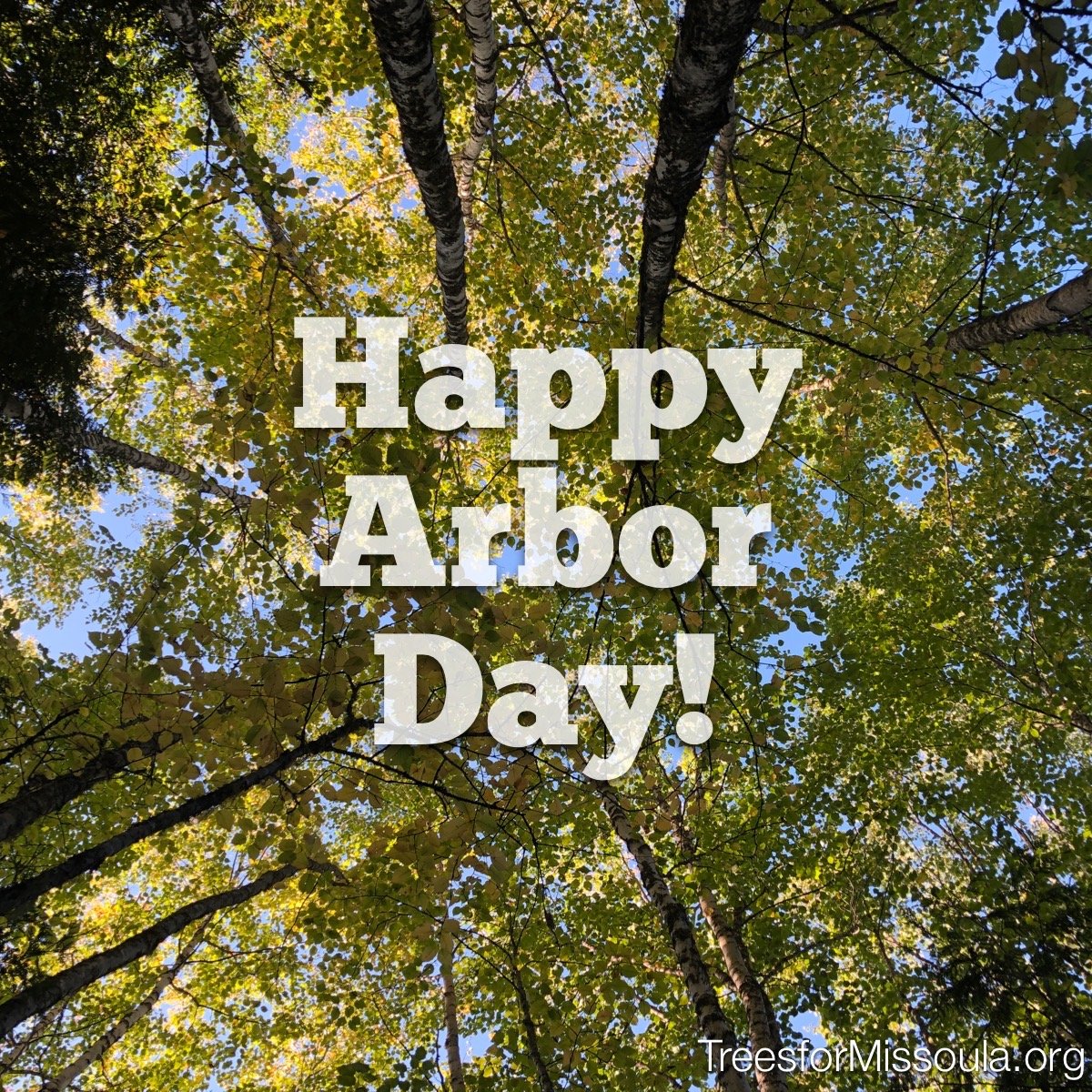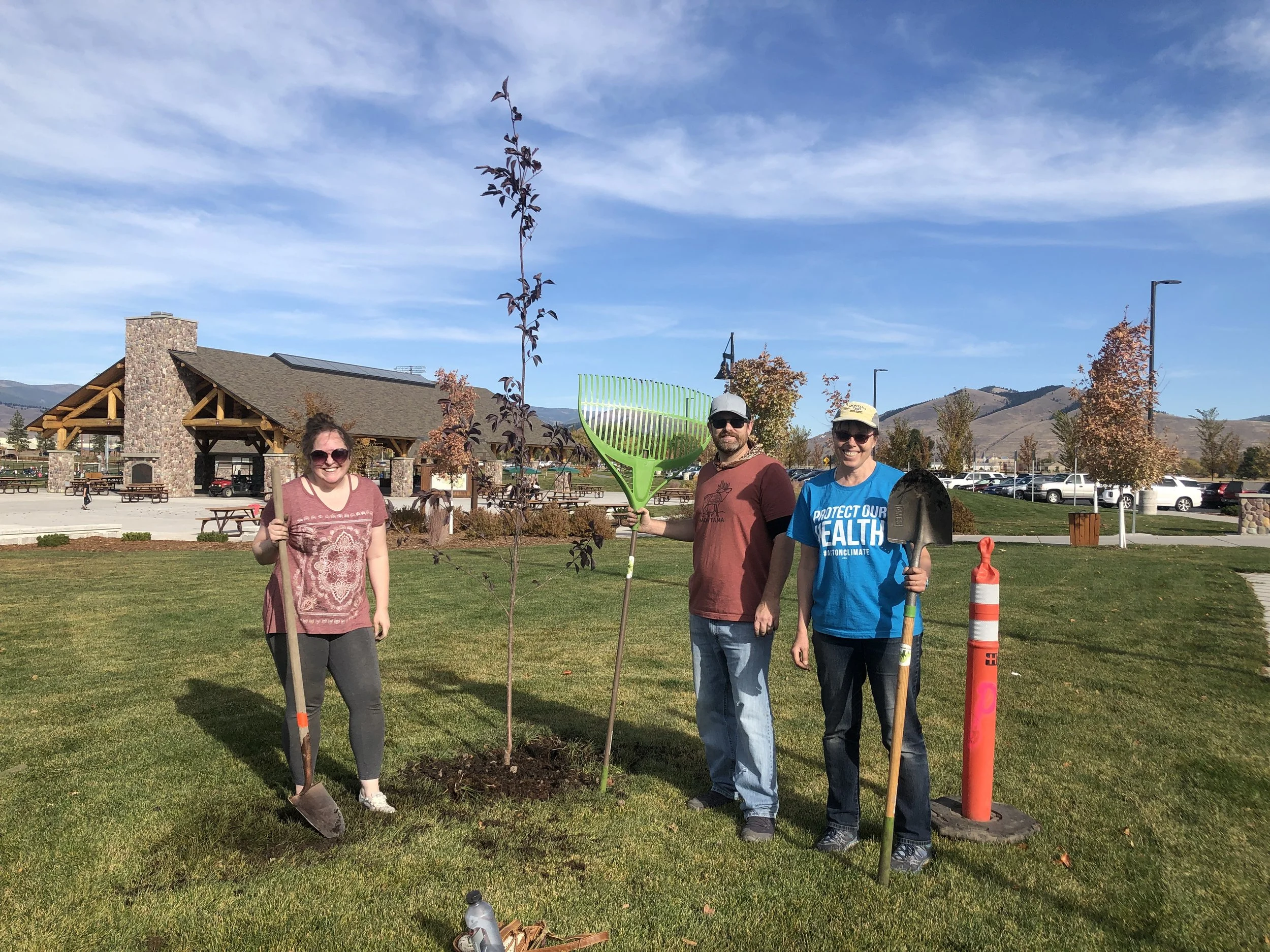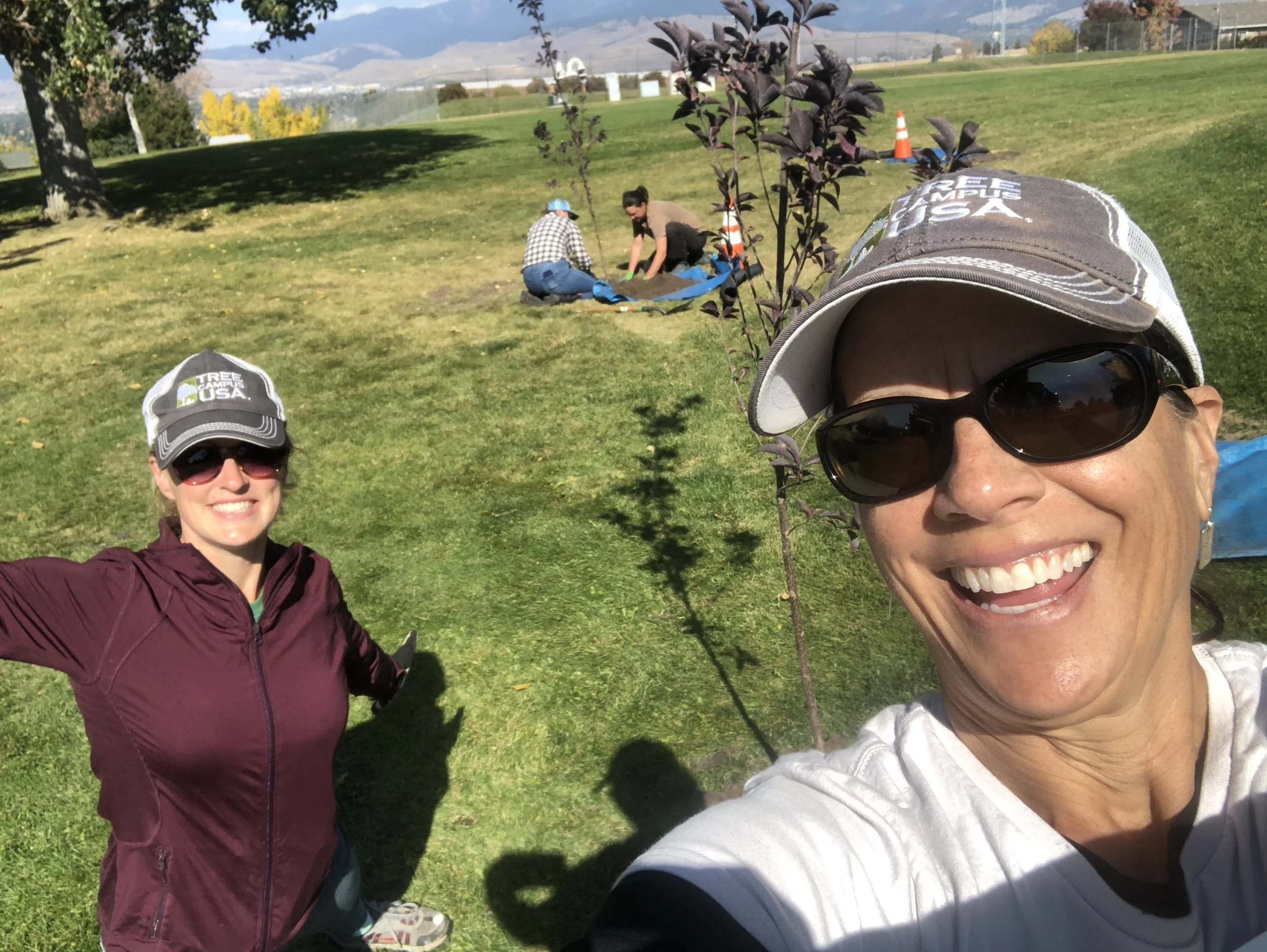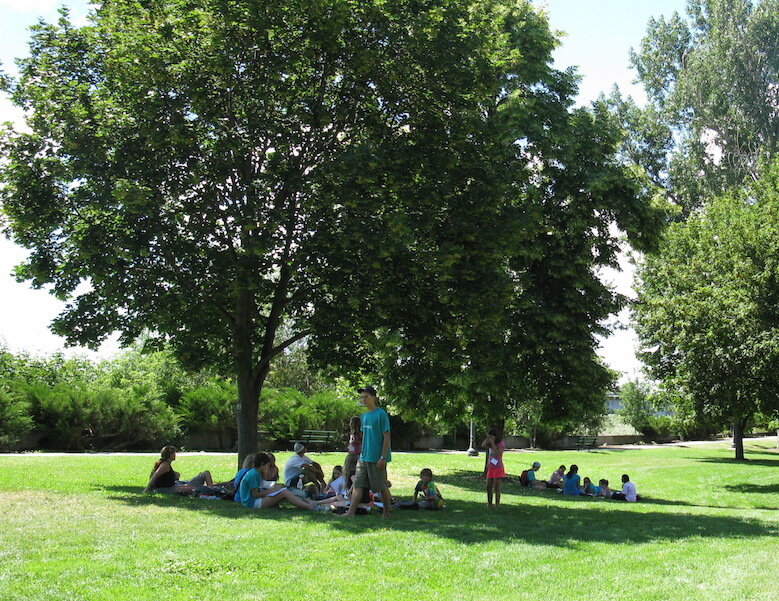
Monthly Tree Reminders: July
July
Continue regular watering of newly planted trees.
July, August and September are traditionally Missoula’s hottest and driest months. Be sure to check soil moisture at a 4-6” depth within the tree’s root zone. If the soil is dry, it’s time to water.
If trees are damaged during strong summer storms, consult a certified arborist to evaluate and correct any wounds vulnerable to insect or disease entry. Remove any hanging or dangerous limbs and branches.
Keep trees protected from mower and weed trimmer damage with a large mulch ring or caging.
Keep an eye out for signs of insects or disease. Not all insects are pests. Consult Missoula County Weed District & Extension’s website at www.missoulaeduplace.org for more information.
